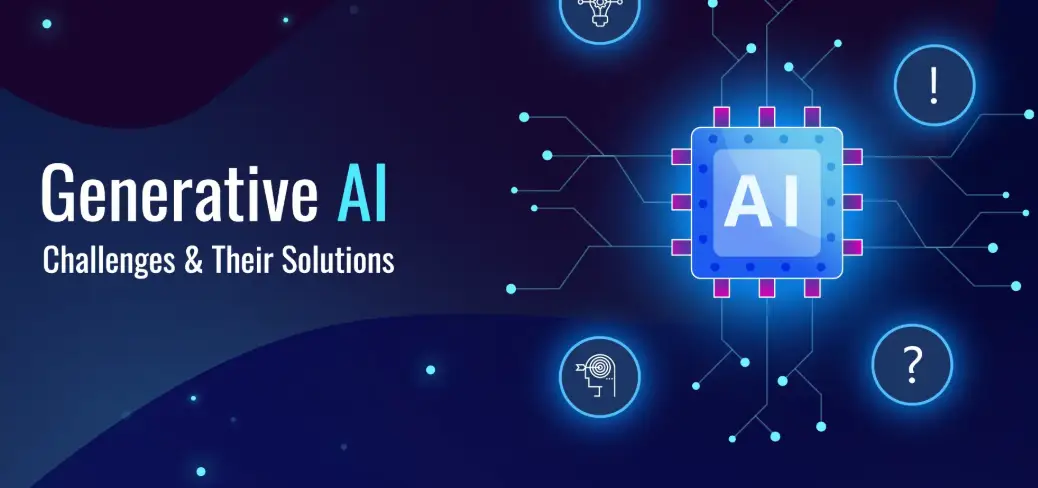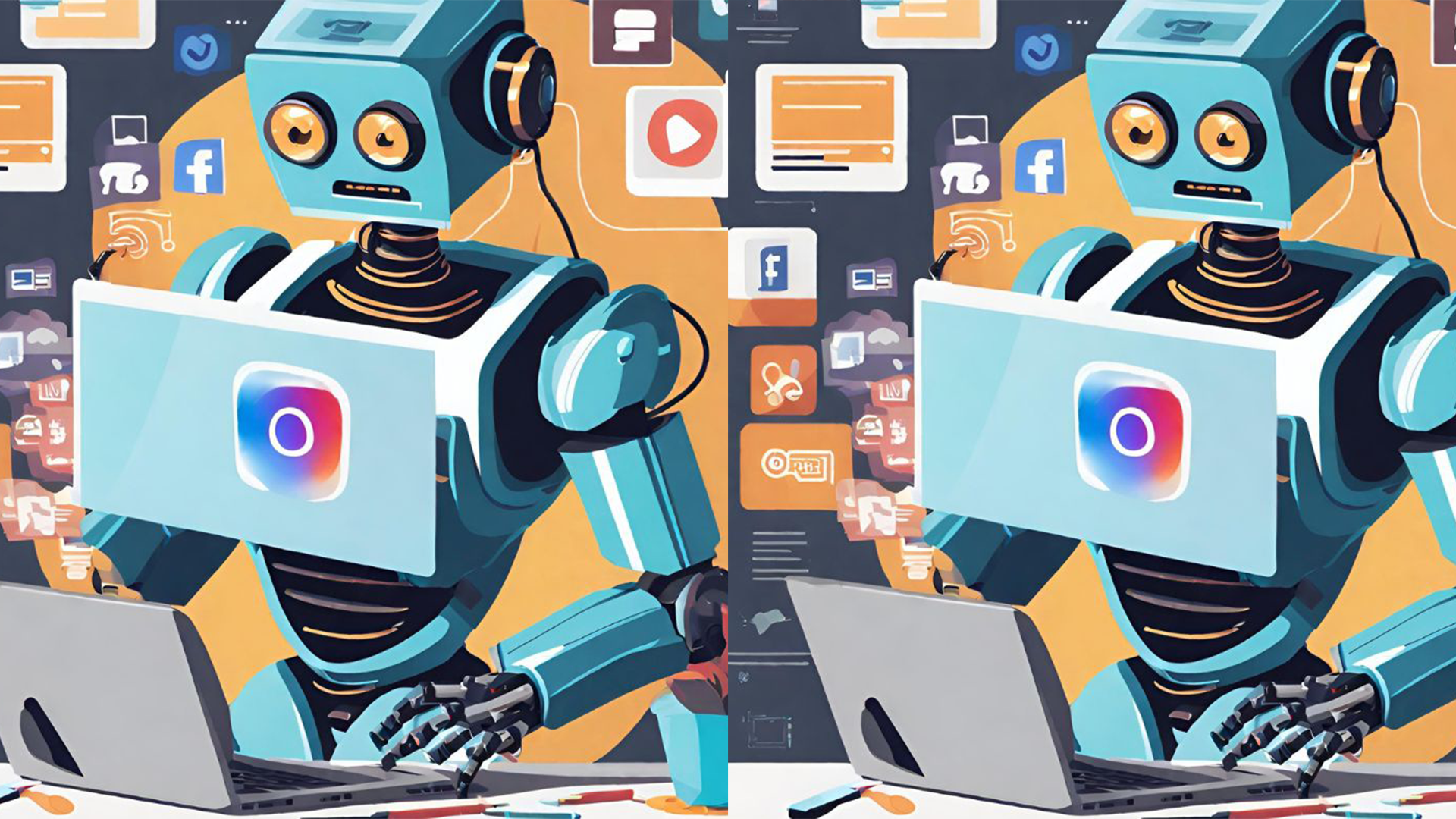Generative AI has taken the world by storm with its ability to create human-like text, images, music, and more. While its capabilities are impressive, this technology also brings along a set of serious challenges that must be addressed to ensure its ethical and responsible use. Let’s explore the major challenges associated with generative AI:
1. Misinformation and Fake Content
One of the most pressing issues is the potential for generative AI to create convincing fake news, deepfakes, and misleading content. Text and images generated by AI can be indistinguishable from real ones, making it easier to spread misinformation, conduct fraud, or manipulate public opinion.
2. Ethical Concerns
Generative AI raises numerous ethical questions, especially when it comes to content ownership, bias, and intent. For example, if an AI writes an article or creates a piece of art, who owns the rights? And how can we ensure that the AI-generated content doesn’t promote harmful stereotypes or discriminatory views?
3. Data Privacy and Security
AI models are trained on massive datasets, often collected from the internet. This raises concerns about whether personal data is being used without consent. Additionally, generative AI tools can sometimes “leak” information that was part of their training data, leading to unintentional data breaches.
4. Lack of Regulation
The rapid advancement of generative AI has outpaced legal and regulatory frameworks. Currently, there are limited rules governing how generative AI should be used, which opens the door for misuse and exploitation.
5. Bias in AI Models
Generative AI can unintentionally reflect the biases present in its training data. This can lead to unfair or prejudiced content being generated, especially in sensitive areas like hiring, law enforcement, or healthcare.
6. Job Displacement
As AI tools become capable of generating code, content, designs, and even music, professionals in these fields may face job insecurity. While AI can assist in these tasks, the fear of being replaced is growing across multiple industries.
7. Intellectual Property Issues
AI can generate content inspired by copyrighted material, leading to legal grey areas. For instance, if an AI writes a song that sounds like a famous artist’s style, who is responsible for the potential infringement?
8. Quality Control and Hallucination
Generative AI models sometimes “hallucinate,” meaning they generate content that appears accurate but is actually false or nonsensical. This can be dangerous when users rely on AI for information in critical areas such as health, law, or finance.
9. High Computational Costs
Training and deploying generative AI models require significant computing power, which consumes energy and raises environmental concerns. Moreover, access to these resources is often limited to big tech companies, creating inequality in AI development.
10. Human Dependency
As AI becomes more integrated into everyday tasks, there is a growing concern that people may become overly reliant on it. This could reduce critical thinking, creativity, and the ability to solve problems independently.
Conclusion
While generative AI presents exciting possibilities, it also comes with complex challenges that cannot be ignored. Developers, governments, and users must work together to create clear guidelines, promote ethical use, and address the societal impacts of this powerful technology. Only then can we ensure that generative AI serves the greater good without compromising our values.







Leave feedback about this